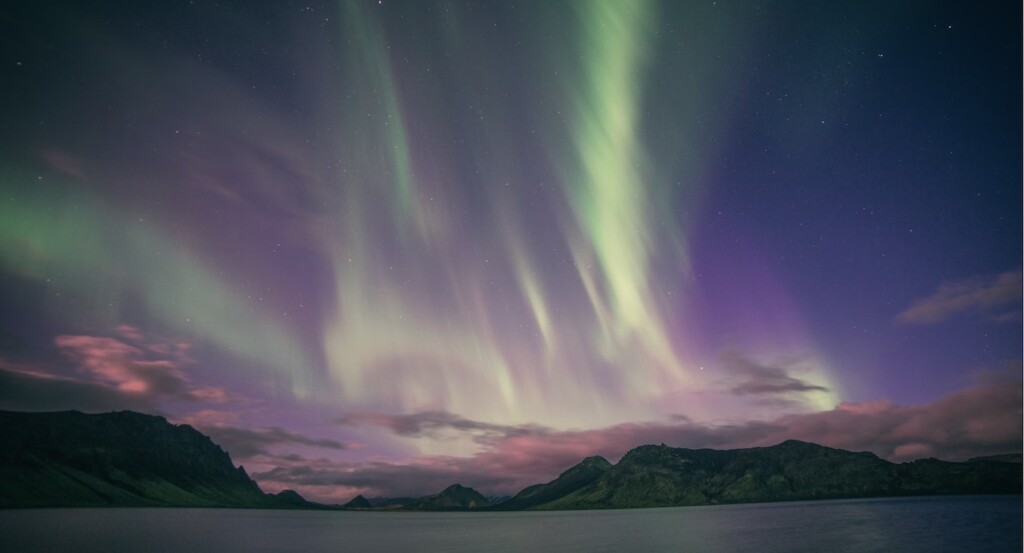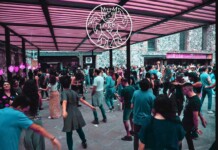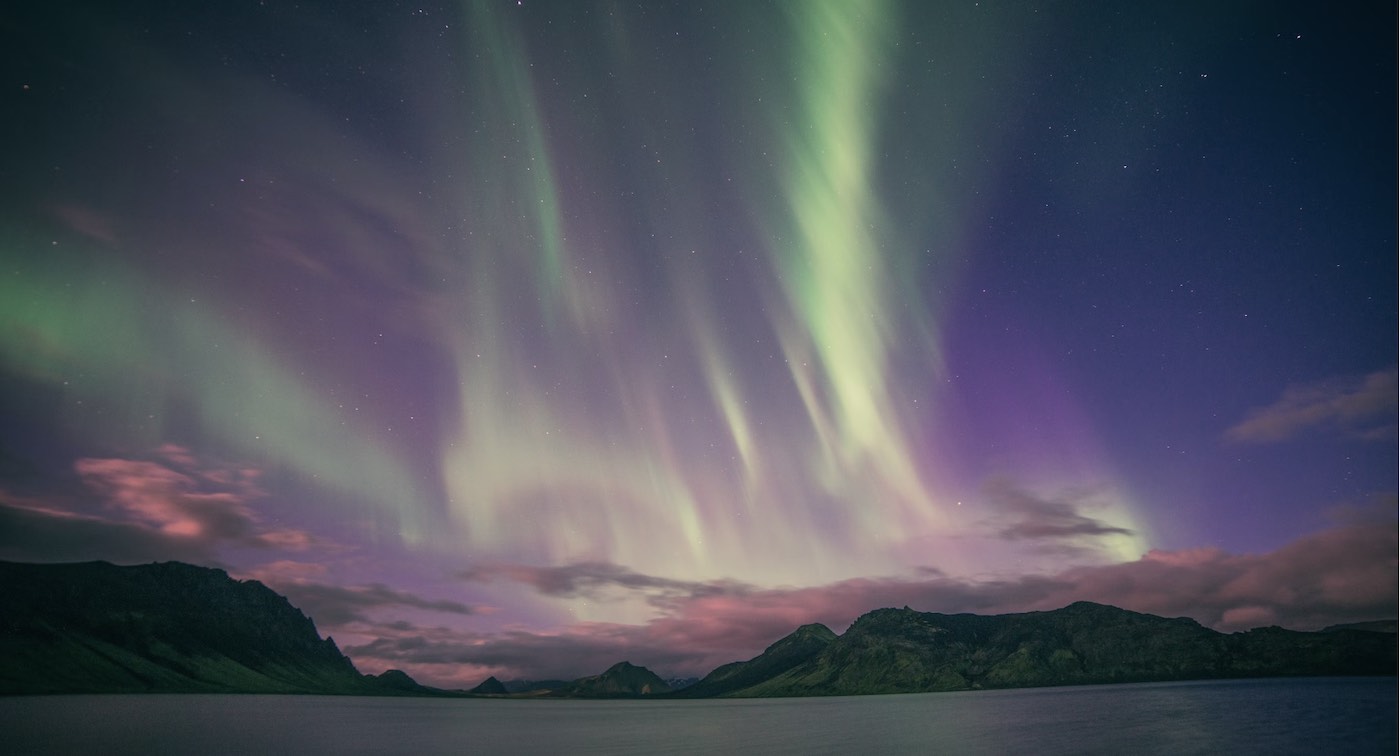
This week, the Northern Lights were seen as far south as Florida, giving millions of people a glimpse at a phenomenon usually seen only in the coldest of climes.
Now, Sunspot AR3664 has had a final blast, promising perhaps another night or two of lights.
This active region of the Sun generated an even more massive solar flare on May 13th, releasing intense bursts of energy and radiation into space.
However, this latest coronal mass ejection of X-rays, despite being at magnitude 8.7 (very high indeed) isn’t likely to cause other sets of auroras, only interfere with radio communications on the sunlit side of Earth, say the National Oceanic and Atmospheric Administration’s Space Weather Prediction Center.
Space blog EarthSky was more positive, saying that while the Sun’s fresh output won’t have such a dramatic effect on Earth as the weekend’s activity, but “at least G3 (moderate) geomagnetic storming is in the forecast”, which has the potential to produce significant auroral displays under the right conditions.
DETAILS ON THE AURORA: NOAA Predicts Potential Aurora as Far South as Alabama After Severe Solar Storm Witnessed
AR3664 started ejecting and caused a geomagnetic storm on Friday, May 10th. Over the weekend it dazzled GNN readers in South Florida, the Bay Area in California, northern Arizona, and Charlotte NC.
The Sun’s activity was observed by NASA’s Solar Dynamics Observatory (SDO) spacecraft. Its mission is to study the Sun’s dynamics to “increase understanding of the nature and sources of solar variability”.
SHARE This Update With Anyone You Know Who Saw An Aurora…




















